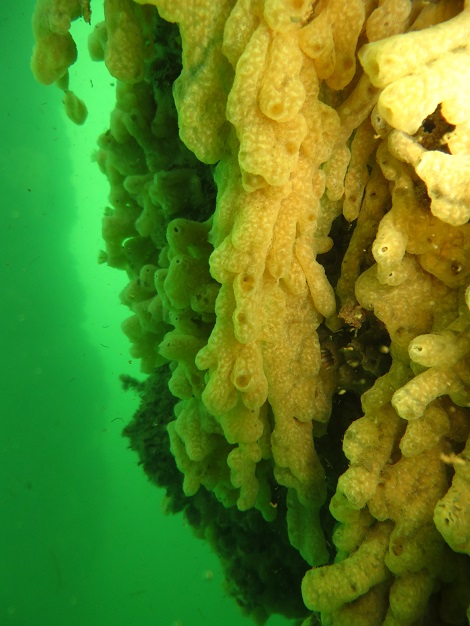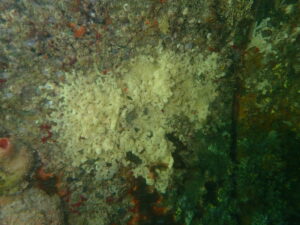
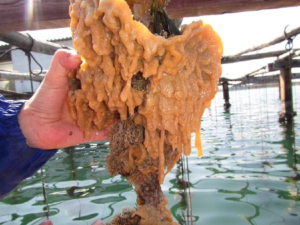
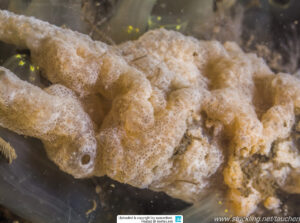
DOWNLOADS
The Carpet Sea Squirt (CSS) is a marine pest that is exotic to Australia and is listed on the National Priority List of Exotic Environmental Pests, Weeds and Diseases. This is the first recorded detection of CSS in Australia.
The Australian Government Department of Defence (Defence) and the Department of Agriculture, Fisheries and Forestry (DAFF) are working with the Western Australian Department of Primary Industries and Regional Development (DPIRD) in response to a detection of carpet sea squirt (Didemnum vexillum) at Garden Island and at a Henderson marine facility, Western Australia.
The CSS incursion at Garden Island, WA is being managed as a Commonwealth response as it was found at a Commonwealth site. The CSS incursion at the Henderson marine facility is being managed by DPIRD as the lead agency in Western Australia.
The CSS can have potentially devastating impacts on aquaculture industries due to its invasive nature. It can alter the marine environment by competing with and growing on native marine species. The main impacts of CSS are fouling of vessels, marine infrastructure or aquaculture equipment. The pest is transported to new locations mainly as biofouling on vessels, or sometimes from natural dispersal through ocean currents.
What to look for
CSS is usually a yellow-grey mass but colour is variable. It has holes that are used for siphoning water to feed on small phytoplankton and organic matter from the sea water. CSS is a filter feeder and not a predatory animal.
It will grow as a covering over surfaces but may get quite thick (up to 10 cm), producing ‘arms’ or tendrils up to 1 metre long that hang below the main mass. It is known to grow rapidly and aggressively on substrates.
How boat owners can help stop the spread
Vessel owners can help stop the spread of marine pests by always remembering to check, clean and dry.
- Check your vessel and equipment for any attached animals and plants — remove them. Do not return marine pests to the water.
- Clean your vessel and equipment after use with freshwater.
- Dry your vessel and equipment thoroughly before moving to a new location.
Application of appropriate anti-fouling coatings can help minimise the build-up of biofouling on underwater surfaces.
Areas that you should check, clean and dry
The images below identify cleaning areas that are most likely to host marine pests. –
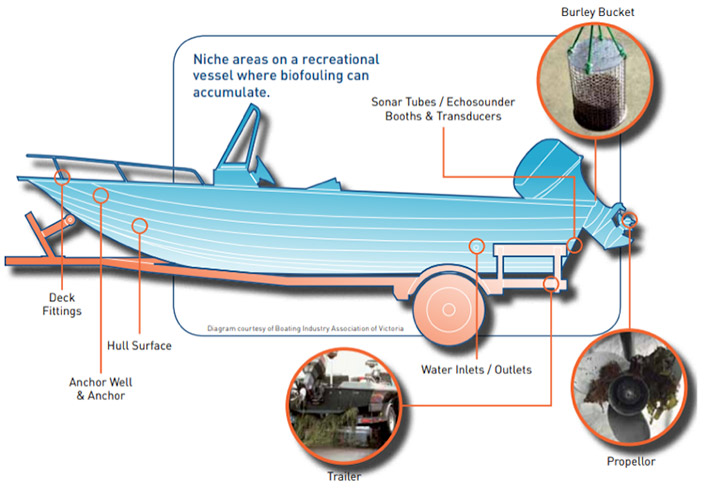

Thanks to Boating Industry Association of Victoria for the diagrams

